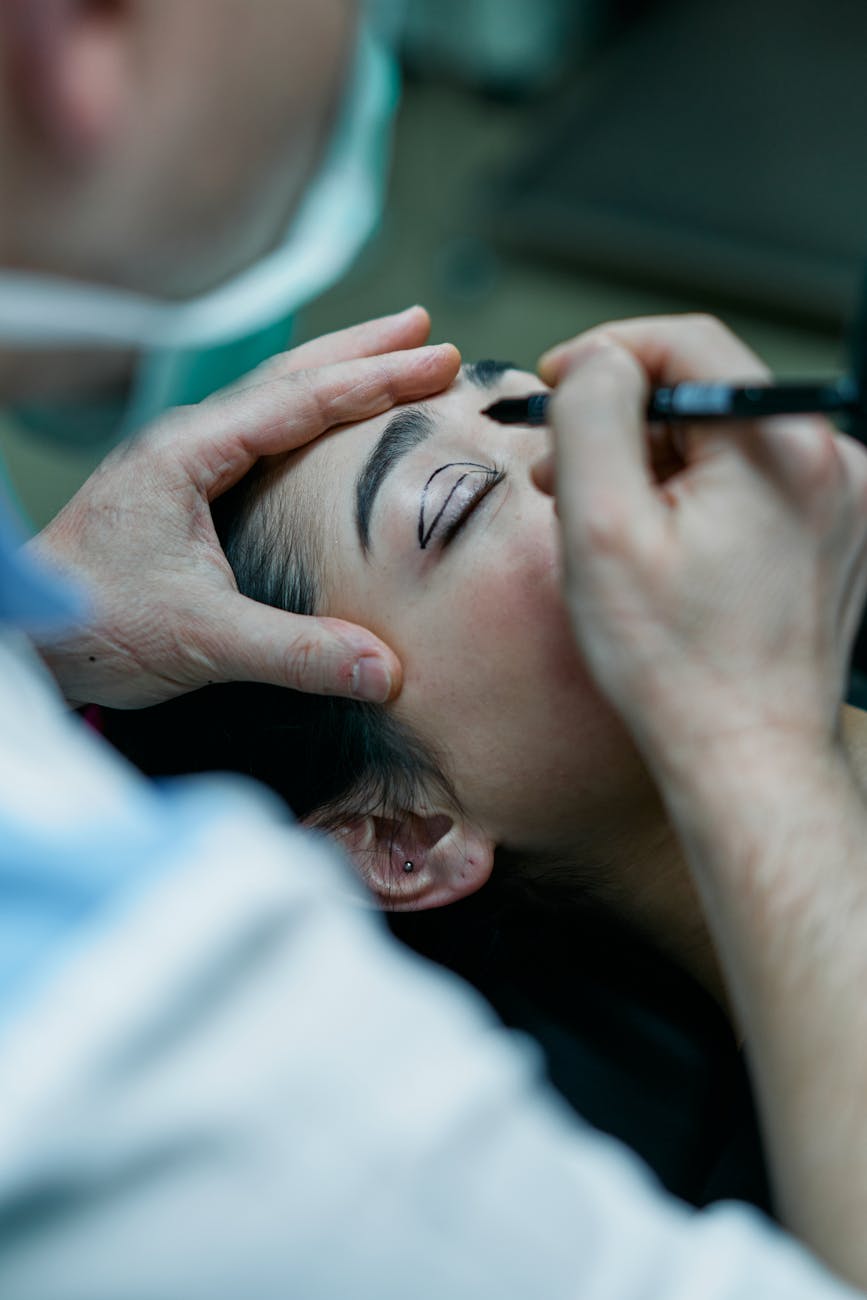
You notice the tired look even on days you feel wide awake
It’s not exhaustion.
Not the kind that sleep can fix.
It’s visual.
It’s subtle, but persistent.
Your eyes say something your body doesn’t feel.
You’ve rested. You’ve cared for yourself.
But your reflection keeps whispering a different story.
The lower lids swell slightly in the morning, then settle—but never completely.
Your makeup routine becomes longer.
The mirror becomes something you study, not glance at.
And slowly, you start asking: Has it always been this way?
You’ve slept well, but your reflection disagrees
You used to call it puffiness.
Then it became “under-eye bags.”
Then just something you lived with.
Friends say, “You look tired,” more often than before.
You laugh it off, but feel it inside.
You notice shadows in soft light.
You pull at the skin gently, imagining what it might feel like to lift it.
You try creams. Serums. Patches.
But nothing moves it.
Because it’s not on the surface.
It’s beneath it.
It can smooth transitions between your lid and your cheek
Lower eyelid blepharoplasty addresses the structure.
Not just skin, but fat and fascia too.
The area between the lid and the cheek is delicate.
That transition is everything.
When it sharpens with age, it steals softness from the face.
It makes you look alert when you’re calm.
It makes you look worn when you’re well.
Surgery restores the flow—where the eye ends, and the cheek begins again.
The result isn’t dramatic.
It’s almost unnoticeable.
Which is exactly why it feels like you.
It’s not about hiding age—it’s about softening
People assume cosmetic surgery means wanting to look young.
But often, it’s about looking less weighed down.
Less misunderstood.
Age isn’t the problem—expression is.
And when your face begins to say something you don’t feel,
you don’t chase beauty.
You chase alignment.
Lower eyelid surgery doesn’t erase time.
It helps time sit more gently on your face.
You learn things about your face you never knew
During consultation, the surgeon maps your anatomy.
What looks like fat may be descent.
What looks like loss may be shadow.
Each face tells a different story.
Some need removal.
Others need repositioning.
Some need nothing but to be seen more clearly.
There’s no one formula.
Just your structure, your softness, your proportions.
All waiting to be understood.
The goal isn’t flatness—it’s balance
Surgical goals have changed.
No one wants the hollow, over-pulled look.
Volume is precious.
Surgeons now sculpt instead of strip.
They create balance, not blankness.
Fat isn’t the enemy.
It’s just been misplaced.
And when it finds its way back, the whole face responds.
Your expressions feel like they used to.
Without effort.
Without explaining why you’re tired when you’re not.
You let your body shift back
The procedure is brief, but the change is not.
It takes weeks for swelling to settle.
Months for the result to truly appear.
But each day, your eyes feel less burdened.
The weight slowly leaves.
Not just the physical kind.
But the one that came with always covering, always compensating.
You wear less makeup.
You avoid fewer mirrors.
And for the first time in years,
you look in your own eyes and see quiet.
Peace, quietly tucked beneath your gaze
People may not comment.
Or they might ask if you’ve slept well.
Or been on vacation.
They won’t say “surgery.”
They’ll say “lighter.”
They’ll say “better.”
But the words won’t matter.
Because the shift is yours.
Personal. Internal.
Lower eyelid blepharoplasty doesn’t give you back youth.
It gives you back neutrality.
And that can feel like freedom.
